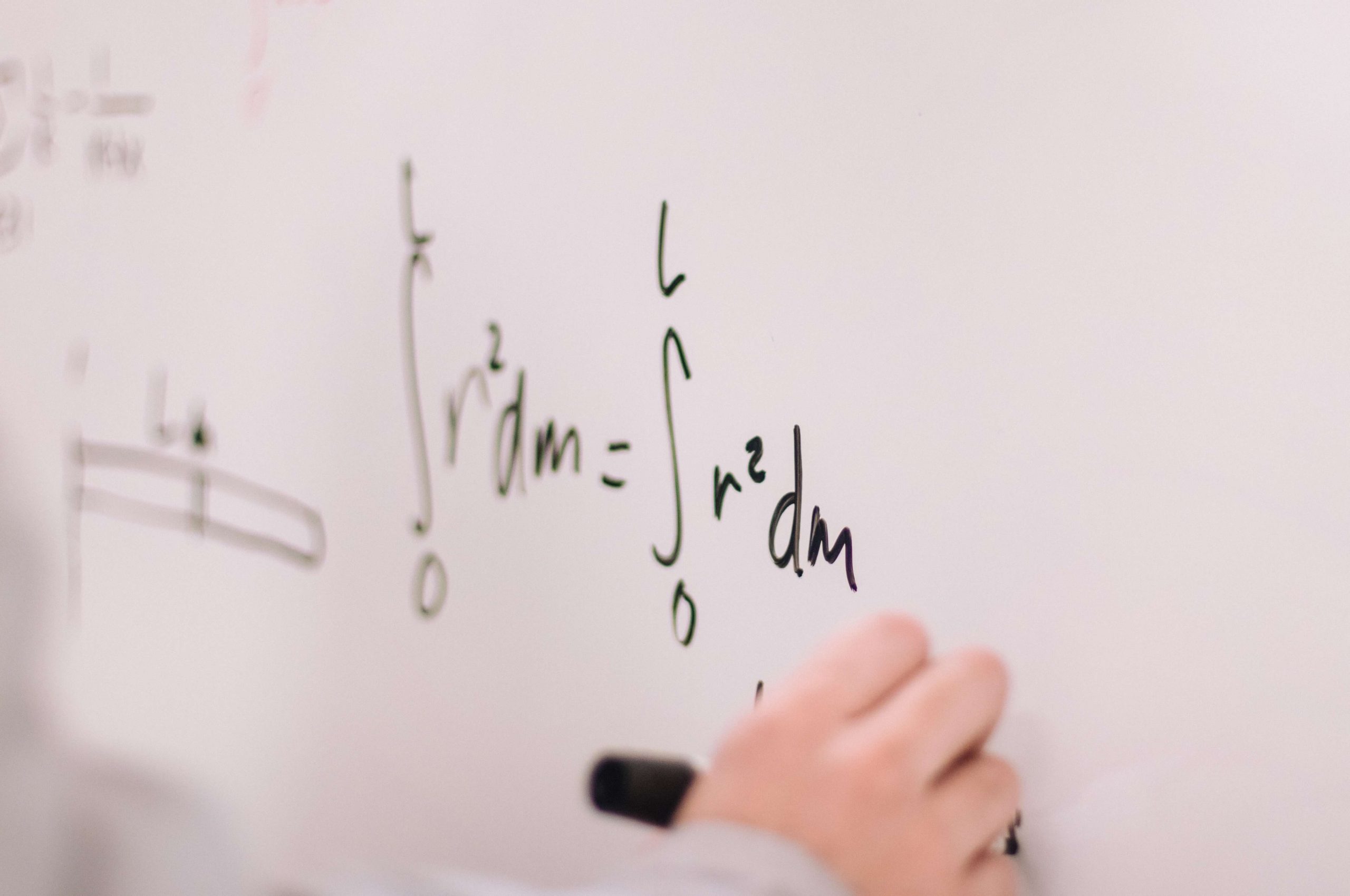
Maths – a nightmare that makes everyone’s head spin.
Well, math doesn’t have to be so difficult, if explained right. And that is exactly what we’re here for. It’s impossible to not talk about Mean, Median, Mode, and Range when talking about Maths and Statistics.
So, what actually are mean, median, mode, range? They’re the measures of central tendency and each one of them is a try to flawlessly capture how a typical number or entry in a typical data set may look like. Before we delve deeper about them and how they to calculate them, let’s take it back a bit and start from the basics:
What is Central Tendency?
Central tendency is the statistical measure that is used to identify a single value to act as the representative of an entire distribution. The purpose of central tendency is to offer an accurate representation of an entire set of data. Some people also use the word “number crunching” to describe this aspect of data description. The mean, median, mode, and range are some of the typically used measures of central tendency.
Measures of Central Tendency
Now, let’s talk about the real deal!
We define a measure of central tendency as a single value that is used to explain a set of data by locating the central position within the said set of data. As such, these measures of central tendency are also often known as measures of a central location. You may only be familiar with the mean (often known as the average), however, there are others as well.
The mean, median, mode, and range are all legitimate measures of central tendency. However, under different circumstances, one measure of central tendency can be more appropriate to use as compared to the others. Now that we know what central tendency is, let’s study the measures:
Mean (Arithmetic Mean)
Mean is the most commonly used (and the one most people are familiar with) measure of central tendency. Arithmetic mean is nothing but the average of the values given in a set of data. But that isn’t all, there are so many other types of mean, e.g. harmonic mean (HM), weighted mean, and geometric mean (GM). But if mean is mentioned without a preceding adjective (as mean), it usually means the arithmetic mean.
How to Find the Mean?
Add all the numbers given in the data set under observation. Divide the sum of all the numbers by the total number of values given in that set.
For example, let’s look at a random set of numbers. The values are 16, 14, 12, and 18. To find the mean of these values, you first need to add all four of them together:
16 + 14 + 12 + 18 = 60
Now you need to divide them by the number of values. Since there are four values, you would divide the sum by 4:
60 ÷ 4 = 15
So, the mean of your data set will be 15. And there you’ve the true average of your data set.
Pros
- Uses every value in a data set and, thus, is an accurate representation of the data given.
- Repeated samples taken from the same population usually have similar arithmetic means which is why it’s the measure of central tendency that is the best when it comes to resisting the fluctuation between different samples.
Cons
- Sensitive to extreme outliers or values especially when the dataset is small. Hence, it isn’t the best measure for skewed distribution.
- It can’t be measured for non-nominal or nominal ordinal data.
Median
The median is defined as the middle score or value in a set of data provided that the data set has been arranged in an order of magnitude. It’s very less influenced by skewed data and outliers.
How to Find the Median?
The median formula is one of the simplest in mathematics. To find the median, you need to arrange the given set of data in the order of ascending magnitude. Your median mark will be the middle mark. This works fine when you’ve an odd number of values.
For an even number of values take the middle two values and calculate the average. Their average will be your median.
Pros
- Every data set has a unique median.
- The idea of median is intuitive so you can easily explain it as the center value.
- It can be measured for interval, ordinal scale, and ratio.
Cons
- Median (unlike mean) can’t be amended for further mathematical calculation. Thus, it can’t be used for many statistical tests.
- If you pool the observations of 2 groups, the median can’t be shown as individual medians of the pooled groups.
Mode
What is mode in math? It’s the most frequently present value in a data set. It’s represented as the highest bar in a histogram. A data set can have no mode at all, or more than one mode.
How to Find Mode?
In order to find the mode, count or tally the number of times a value occurs in a list of a data set. The mode will be the value that occurs the most.
Pros
- The only measure of central tendency appropriate to use for data measured in a nominal scale.
- Mode (like median) is not influenced by outliers.
Cons
- Can’t be used in statistical analysis because it isn’t algebraically defined.
- Fluctuation in the observation’s frequency is more in case of a small sample.
Range
Range in math (or statistics) is the difference between the highest and the smallest number in a data set or list. It quickly gives a rough estimate of data values’ spread within a set.
How to Calculate Range?
To calculate range, arrange all the values in a data set in order. Determine the highest and the smallest value. Subtract the smallest value from the highest and the answer will be the range of your data set or list.
Pros
- Range is one of the most rigidly defined measures.
- Its role is critical in preparing R- charts, therefore the quality is maintained.
Cons
- It’s affected by extreme values and sampling fluctuations
- It can’t be calculated in case of an open-end distribution.
When Do You Need to Use the Mean, Median, Mode, and Range?
The measures of central tendency are often used together owing to their complementary strengths and limitations. But that isn’t always the case, their application depends on your data:
- Mode: Can be calculated for all levels of measurement, but it’s most meaningful for ordinal levels and nominal.
- Median: Can only be calculated for data that can be ordered i.e. interval, ratio, and ordinal levels of measurement.
- Mean: Only used for ratio and interval levels of measurement as it needs equal spacing between adjacent scores or values in the scale.
- Range: Used for measuring a variable with a critical low or high threshold, or even both that shouldn’t be crossed.
Bottomline
And there you’ve it – a starter’s guide to mean, median, mode, and range AKA the four horsemen of Central Tendency.


